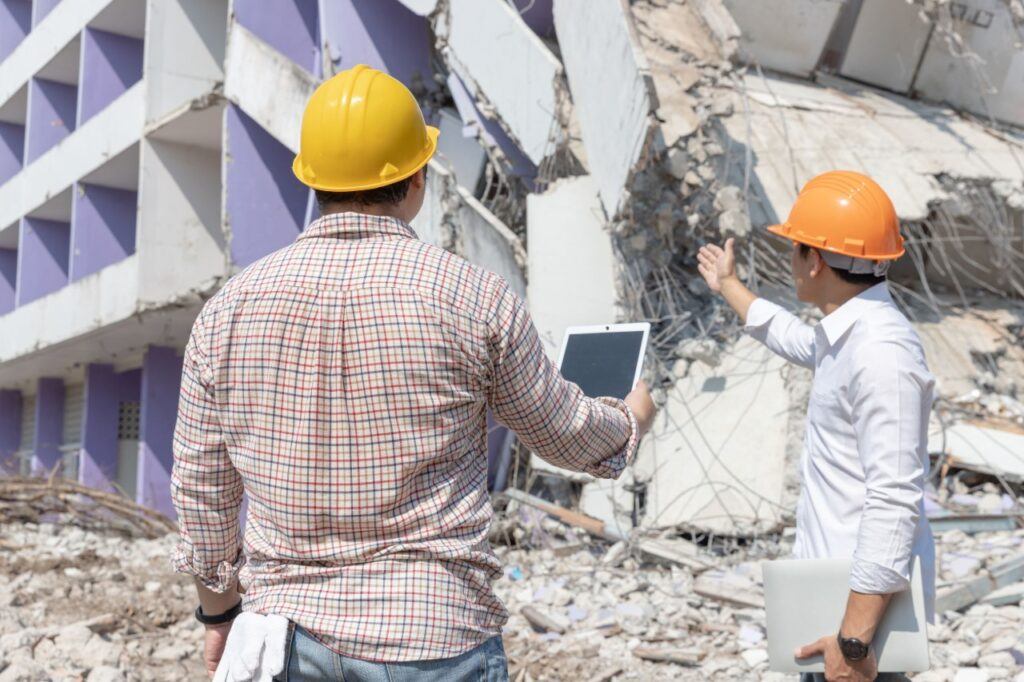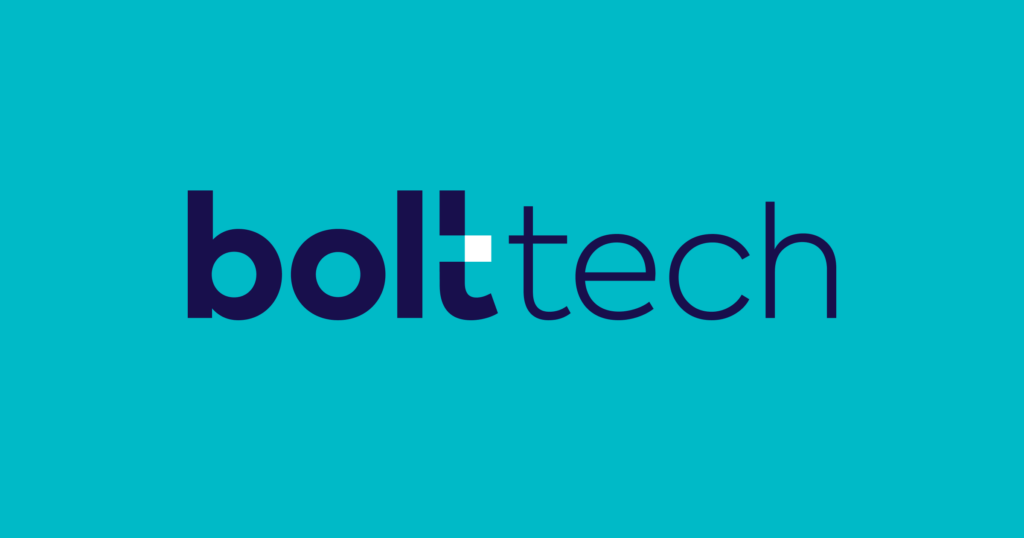Understanding Commercial Lines Pricing Now and Into 2021

In the aggregate, U.S. commercial insurance prices rose over 6 percent in the fourth quarter of 2019, according to the Willis Towers Watson Commercial Lines Insurance Pricing Survey. The rate of overall increase accelerated during 2019, from approximately 2 percent in the first quarter to more than 6 percent by the end of the year.
Generally, commercial rates have continued to rise in 2020. Yet not all types of coverage have rates rising at the same pace, and rate increases are not driven by identical factors in all cases. Understanding the myriad factors at play behind the numbers can help insurers meet customer needs and prepare for additional turbulence in commercial pricing.
Trends in Price Increases
Commercial insurance price increases aren’t unique to the United States. Commercial insurance pricing has been increasing worldwide over the past several years, and in the first quarter of 2020, global commercial insurance pricing was up by 14 percent, according to Marsh’s Global Insurance Market Index.
Yet not all commercial insurance segments see rising prices. Among the segments that show increases, not all are rising at the same rate or for the same reasons.
Increases in property insurance and financial and professional coverage drove the overall price increase in the last quarter of 2019, according to Marsh’s index. On average, property pricing increased 15 percent and pricing for financial and professional lines coverage increased 26 percent. Casualty coverage costs increased more slowly, at 5 percent.
The IVANS April 2020 report on commercial premium renewal rates paralleled Marsh’s findings. The IVANS report found that rates had increased in commercial auto, business owners policy (BOP), general liability, and commercial property. Of these, BOP coverage renewal rates increased the most, rising to 5.22 percent from 4.85 percent at the end of March 2020.
The USI Commercial Property and Casualty Market Outlook predicts that coverage costs for commercial property will rise significantly in 2020. USI predicts rate increases of up to 40 percent for catastrophe bond (CAT) property with a minimal loss history and 60 percent for properties with a poor loss history.
Early Downward Trends in Workers’ Compensation, Other Sectors
While significant cost increases were common in property coverage and executive risk coverage, other areas of commercial insurance see rates leveling off or even dropping.
Renewal rates for umbrella coverage and workers’ compensation decreased slightly in April, according to the IVARS report, with workers’ comp rates dropping the most. Workers’ compensation has bucked the trend of commercial price increases; many insurance companies report rate reductions rather than increases in workers’ compensation, says Alejandra Nolibos, senior director at Willis Towers Watson.
In addition to predicting a -2 to 2 percent change in workers’ compensation coverage costs for 2020, Willis Towers Watson predicts that coverage for international casualty and terrorism risks will stay flat or even drop. In its 2020 Insurance Marketplace Realities report, Willis Towers Watson also predicts that the costs for cyber, political risk and fiduciary coverage may not increase, while environmental coverage could either drop or rise depending on factors that remain to be seen.

The Near Future of Commercial Pricing
For the remainder of the year, commercial insurance prices for most forms of coverage are likely to continue rising due to a number of factors, as well as a number of uncertainties.
Preparing for 2020
An unprecedented number of natural disasters, along with political and social upheaval, have thrown business planning for 2020 into turmoil. Insurance companies are feeling the pressure of these events and the need to manage risk in both an uncertain present and a murky future.
Prices increased in 2019 due in part to a series of natural disasters that damaged and destroyed property throughout the United States. While weather-related losses and other disasters happen every year, 2019 stood out for the unusual rate of losses and the cost, says Mary-Beth Hahn, risk management practice leader at USI.
“We’ve had wildfires before. We’ve had hurricanes before. But not on the aggregate level happening so close together,” says Hahn.
2020 is predicted to be another tough year for weather-related losses. “NOAA’s analysis of current and seasonal atmospheric conditions reveals a recipe for an active Atlantic hurricane season this year,” says Neil Jacobs, Ph.D., Assistant Secretary of Commerce for Environmental Observation and Prediction at the National Oceanic and Atmospheric Administration (NOAA).
An average hurricane season produces 12 named storms, of which three are typically major hurricanes. NOAA predicts that 2020’s season will produce 13 to 19 named storms. Of these, as many as 10 could become hurricanes, with 3 to 6 of those major. An above-average hurricane season, the ongoing threat of wildfires and other risks to property all drive the rise in commercial property insurance costs.
The novel coronavirus also raises a number of new and unexplored questions in insurance. This affects the way insurers calculate risk as it relates to business operations, building safety, worker health and more.
Price increases during the first quarter of 2020 did not yet account for the impact of COVID-19 on business operations, says Dean Klisura, president of global placement and advisory services at Marsh. Increases that occur during the rest of the year, however, will likely be affected by pandemic-related issues, including uncertainties about how to classify property contamination, worker illnesses and other results of the pandemic for coverage purposes.
“As the pandemic changes the way the world does business, we will continually watch the numbers closely to see how changing market dynamics will impact the health of the industry,” says Brian Wood, vice president of Data Products Group, IVANS Insurance Services.

A Look Ahead
Despite the current state of commercial insurance pricing, cause for optimism remains in the insurance industry, according to some analysts.
“The alternative capital market is showing renewed enthusiasm for reinsurance; the overall industry has more capital than ever; insolvencies are a rarity; InsurTech is working with market participants to improve the client experience, and the laws of supply and demand still apply,” says Joseph C. Peiser, executive vice president and global head of broking at Willis Towers Watson. “This challenging market won’t last forever.”
In the short term, however, prices are likely to keep rising. “Rate increases of up to 10% will not be uncommon even for well managed business exposures with low claim history. The biggest rate impact will be felt by businesses that have experienced significant claims in the last three to five years,” says John B. Sullivan, CEO of American Insurance Agency.
Now more than ever, insurers who embrace cutting-edge digital tools can understand and address risk and rising prices in a way their competitors cannot. For example, “insurers are utilizing the many catastrophe modeling tools to carefully analyze their property exposures,” says Richard Kerr, CEO of MarketScout. They’re also using tools to better understand customer needs, educate customers about essential coverages and distribute insurance as needed in an uncertain world.
Rising prices pose challenges when it comes to keeping customers safe and satisfied. Insurers with more information and the tools necessary to analyze and use that data can rise to this challenge and meet their business goals.
Images by: Papan Saenkutrueang/©123RF.com, jat306/©123RF.com. bacho12345/©123RF.com
Further Reading
Featured
 18 June 2024
18 June 2024
 15 August 2024
15 August 2024
 1 July 2024
1 July 2024
